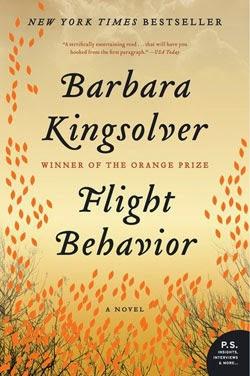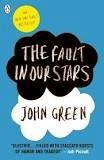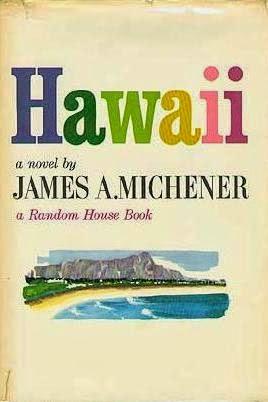
Here's another eclectic trio of books -- kinda like the jokes involving a priest, a rabbi, and a fundamentalist pastor. What these three books have in common is that they were all New York Times bestsellers and I enjoyed all three.
Barbara Kingsolver is a long time favorite of mine and Flight Behavior didn't disappoint. Kingsolver writes movingly about the southern Appalachians and their people facing the effects of climate change. Her prose is gorgeous and there are some terrific insights here-- along with some surprises. And there's a great review HERE if you want a really in depth look. Highly recommended.
When I first heard about John Green's The Fault in Our Stars, I wasn't tempted. A book about teenagers with terminal cancer? No, not for me. But when NCmountainwoman (I think it was she) recommended it as a good read, I gave it a try and was very pleasantly surprised. The book is delightful. The two main characters -- yes, teens with terminal cancer -- are witty, snarky, wise beyond their years, and, to me, at least, quite believable. One of the negative reviews I read complained that all the characters in the book sounded like John Green. Maybe so -- this is the first thing of his that I've read so I can't judge. But I'll be looking for more..

Hawaii was published in 1959 and I read it in September of 1960 -- in the back seat of the car as my mother and grandmother were driving me from Tampa, Florida to Atlanta, Georgia to begin my freshman year at Emory. I can remember being totally enthralled with the epic story and have probably reread it a few times since. But not recently. I was curious to see if it was still so captivating, fifty some years later.
Well, yes -- but for different reasons. The opening part which deals with the natural forces that formed the islands, the grand sweeping geological eras as the islands emerged and life took hold, seemed a tad bombastic -- in the same way ham actors are said to 'chew the scenery.' I wondered if the whole book would seem corny to me this time around but was happy to find that either it settled down or my tolerance for purple prose grew as I read on.
As Michener worked his way through the coming of the native Hawaiians, the missionaries, the Chinese, and the Japanese, I found myself lost in the personal stories -- the man is a terrific storyteller -- and thoroughly enjoying enjoying it all over again.
But what really surprised me was the relevance of the political side of the book -- the pre-statehood (and later) Hawaii that was controlled by several wealthy families working behind the political scenes to protect their business interests. When I read the book all those years ago, I'm pretty sure I skimmed over that bit, preferring to concentrate on the various love stories, colorful characters, and beautiful scenery.
Today, alas, it all rings too depressingly true -- and not just for Hawaii.

